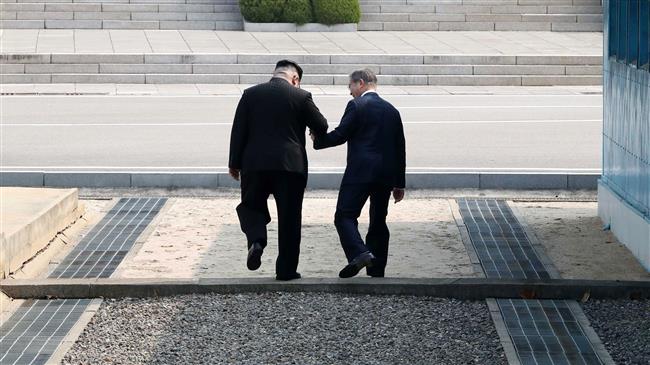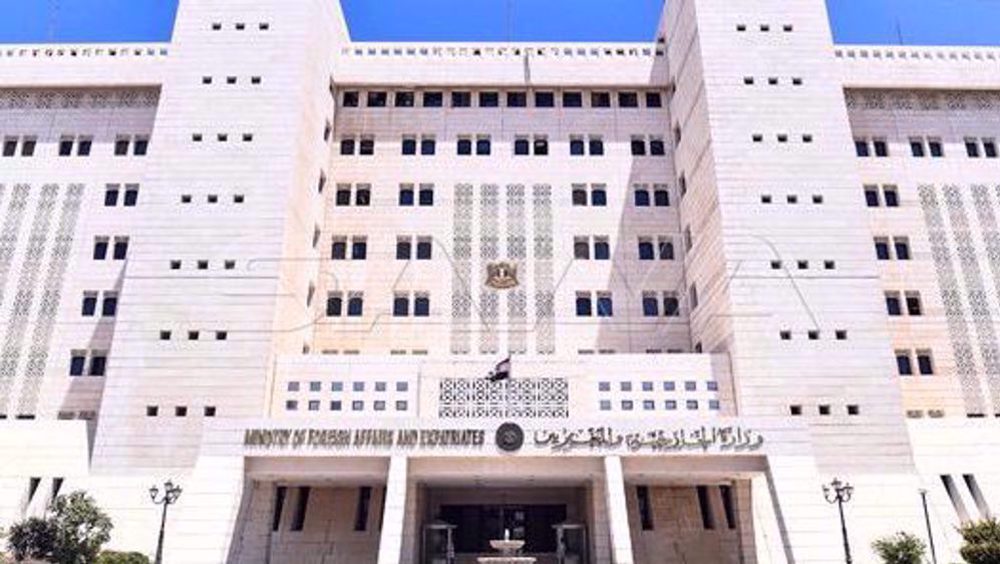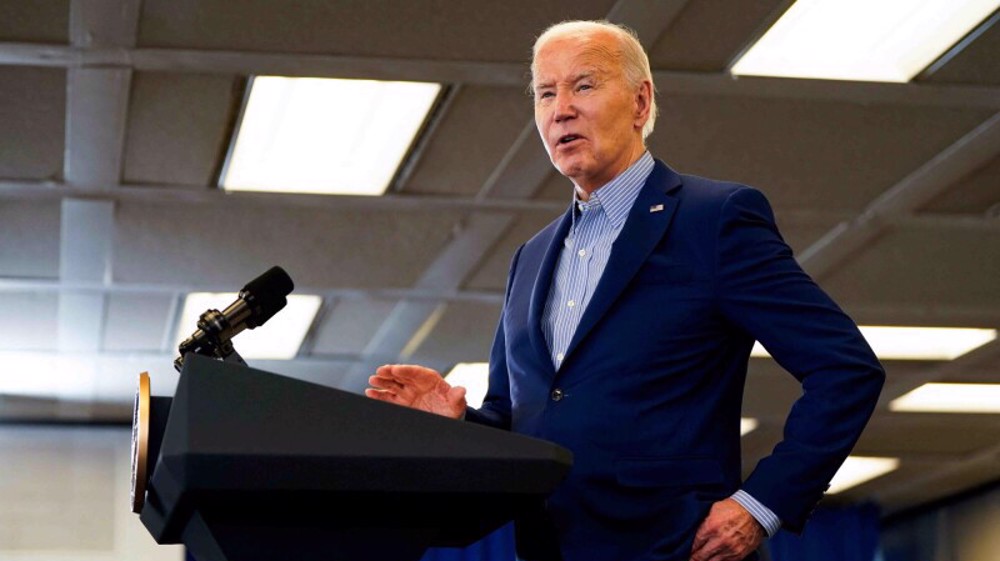In diplomacy involving US, North Korea is in control
By Hossein Jelveh
(This article has been updated to factor in newer developments.)
Since ancient times, political leaders have rarely if ever relied on chance to advance their peoples’ interests or push back against those of their adversaries. When the fate of human beings is at stake — as often is in global diplomacy (often the alternative to war) — careful planning and calculation are the tools of trade. For the administration that has ruled the United States since January 2017, though, chance may be all it has.
There are many — just many — examples to prove that, but nowhere else is the dysfunctional Trump White House’s reliance on chance better showcased than in its recent attempts to reach out to North Korea.
Consider US Secretary of State Mike Pompeo’s second trip to Pyongyang. On May 9, he flew unannounced into the territory of one of America’s main putative adversaries to pick up three US nationals imprisoned there.
The trip wasn’t just unannounced; except for the fact that it would be taking place, little else seemed to have been coordinated in advance, including whether the prisoners would in fact be handed to Mr. Pompeo. Two reporters, Carol Morello of The Washington Post, and Matthew Lee of the Associated Press, were told to pack up and pack up little on short notice.
“The degree of uncertainty that hovered over the trip extended to Pompeo himself,” Ms. Morello later wrote tellingly in an account of the trip, which only lasted 13 hours.
“Pompeo said he had no guarantees when he flew in… whether he would be allowed to leave with the three Americans who had been detained for more than a year on charges of espionage and hostile acts. Neither he nor his staff knew whom he would meet with, or when,” she wrote.
The AP reporter, Mr. Lee, described the trip in a later account of his own as a “journey with no confirmed schedule on the ground in North Korea, no guarantee of the prisoners’ release or on progress” for a summit that is supposed to be held between North Korean leader Kim Jong-un and Trump in Singapore on June 12.

Whatever background “diplomacy” had been put into the case of the prisoners, the uncertainty during the trip revealed a heavy if not total reliance on chance, at least according to the accounts of the two reporters.
At one point, when they asked Pompeo after a series of meetings that he had been ushered into and out of in Pyongyang whether the prisoners would be allowed out, the US secretary of state merely “crossed his fingers.”
So much for measured diplomacy!
*
Mr. Pompeo has been Mr. Trump’s point man to arrange the summit between the US president and the North Korean leader. He had made an earlier, secret visit to North Korea before the one on May 9 to discuss preparations for the summit, the prospect of which Mr. Trump has used with much fanfare to, somehow, boost his ego.

But soon after the apparent triumph in securing the release of the prisoners, the US found itself in renewed diplomatic trouble with North Korea.
Mr. Trump’s national security adviser, John Bolton, had earlier, in late April, said that the “Libya model” could be applied to North Korea, by which he meant that the US could ease sanctions on Pyongyang if it denuclearized, as it did with Libya in 2003.
While Mr. Bolton did not refer to regime change — something that ultimately happened to the then-Libyan government of Muammar Gaddafi — his past endorsements of a militant approach toward supposed US adversaries quickly brought Gaddafi’s fate to mind. The North Koreans reacted on May 16, when a high-level official threatened that Pyongyang would cancel the summit with Trump if the US president listened to the advice of “the likes of Bolton.”
A more tacit threat to cancel the Trump summit had been issued a day earlier, May 15, but over a different matter. And another veiled North Korean threat was issued on Thursday, May 24, also over another matter.
It is not precisely clear why the North Koreans reacted to Mr. Bolton’s remarks after releasing the American prisoners. Perhaps they took note of the remarks belatedly. The more likely scenario, however, is that they decided to hit back at Mr. Bolton — whom they had known well since the days of former US President George W. Bush — after demands were raised most explicitly later in May that Pyongyang denuclearize at one stage, something North Korea sought to clarify is a non-starter, including by using Mr. Bolton’s hard-line remarks as fodder.
It may be entertaining to note that, as he was en route to Japan, and then Pyongyang, Secretary of State Pompeo, the man in charge of the North Korea dossier, referred to North Korean Leader Kim as “Chairman Un,” mistaking part of the Asian leader’s first name for his full last. Aides hadn’t briefed him on that simple fact (and you can find an official transcript of his remarks — with the error recorded in it — on the website of the US Department of State)! But luckily for Mr. Pompeo, that faux pas seemingly played no part in the North Korean threat to cancel the summit.
A short, dizzying chronology of wavering
When asked about the explicit North Korean threat to cancel the summit that same day, Mr. Trump looked clueless and anxious like a child, repeating himself as he often does when he is asked things for which aides haven’t given him a reply.
“We haven’t been notified [about a potential cancellation] at all, we’ll have to see. We haven’t seen anything, we haven’t heard anything. We will see what happens,” Mr. Trump said. He also nodded yes to a question on whether North Korea would have to denuclearize as a condition for the summit.
Then, on May 17, Mr. Trump threatened North Korea with regime change through military invasion, Libyan-style. Mr. Trump had taken Mr. Bolton’s “Libya model” remarks to refer to the NATO military intervention that helped take out Gaddafi in 2011. (The North Koreans had made that same mistake.)
“The model, if you look at that model with Gaddafi, that was a total decimation. We went in there to beat him. Now that model would take place if we don’t make a deal [with North Korea], most likely. But if we make a deal, I think Kim Jong-un is going to be very, very happy,” the US president said.
On May 20, Mr. Trump held a telephone conversation with South Korean President Moon Jae-in, shortly after his threat of regime change against the North, stressing his “unwavering” will for the holding of the summit, according to Seoul.
On May 22, and after meeting with Mr. Moon in Washington, Mr. Trump said chances were “substantial” that the summit would be postponed, in an apparent threat of his own. Even then, he didn’t speak of a cancellation.
One day later, on May 23, Mr. Trump again revealed his enthusiasm. “Someday a date will happen. It could very well be June 12. Someday, a date will absolutely happen,” he said.
Then, on May 24, the US president issued an uncharacteristically politely-worded, official letter, cancelling the June 12 summit.
But, Mr. Trump made yet another reversal. On May 25, he said the meeting could be reinstated and be held on the same date as scheduled before, i.e. June 12.
“We are having very productive talks about reinstating the Summit which, if it does happen, will likely remain in Singapore on the same date, June 12th., and, if necessary, will be extended beyond that date,” he wrote in a Twitter post.
What had happened in the little over 24 hours between Mr. Trump’s announcement of a cancellation and the retracting of the official letter was that the North Koreans had said they would still be open to the holding of the summit despite the cancellation letter.
And Mr. Trump took that very positively.

Obsessed with the summit
In case you haven’t noticed yet, Mr. Trump has been helplessly zigzagging.
It wasn’t only the president himself who talked so much about the summit. All along, several White House officials, too, had been speaking almost unexceptionally zealously about the meeting.
In fact, while North Korea merely once directly threatened to cancel the summit and merely another one time expressed openness to holding it, the US has been speaking about the meeting too many times, fluctuating between a resolve to hold it, threatening to delay it, cancelling it, and then potentially reinstating it, all publicly and in a matter of days.
As such, whoever it is that badly wants a summit, it isn’t Mr. Kim.
*
What action North Korea will take in the days to come remains a matter of speculation. But as far as Washington is concerned, its chances for a diplomatic breakthrough with Pyongyang are meager at this point in time even if the summit is held, the reason being that the White House is too incompetent to pull off a diplomatic coup all by itself. (Already, the party that has been outmaneuvering the other has been Pyongyang.)
Speaking on The New Yorker’s Radio Hour in June last year, journalist Ryan Lizza said this about Mr. Trump and staffing at his White House: “What’s dysfunctional about Trump World all stems from Donald Trump himself. And as long as he continues to be the same person he has been for the last 71 years, I don’t really expect major changes, even if the White House is perhaps run a little bit more professionally. Trump is Trump. And I don’t see that changing.”
Almost a year since Lizza made those comments, and some one year and a half into Mr. Trump’s presidency, that characterization continues to be true.
Mr. Trump may be thinking that he can convince the North Koreans to end their military nuclear program at once with a threat of military invasion or, worse, refusing to meet with Mr. Kim! But Mr. Trump may also be thinking that he is a deliberate politician.
The reality is that he will have to wait and “see what happens.”
(The views expressed in this article do not necessarily reflect those of Press TV.)
VIDEO | Iranians hold nationwide demos in support of IRGC
Syria condemns US veto of Palestine UN membership resolution
Iraqi resistance forces hit Israeli Ovda air base
Hackers break into Israeli military’s computers, access trove of documents
Tulkarm Brigade commander killed by Israeli forces in raid on refugee camp
Zionist media desperately trying to turn Israeli defeat into victory: Iran
VIDEO | Press TV's news headlines
Iran censures US veto of Palestinian request for full UN membership










 This makes it easy to access the Press TV website
This makes it easy to access the Press TV website